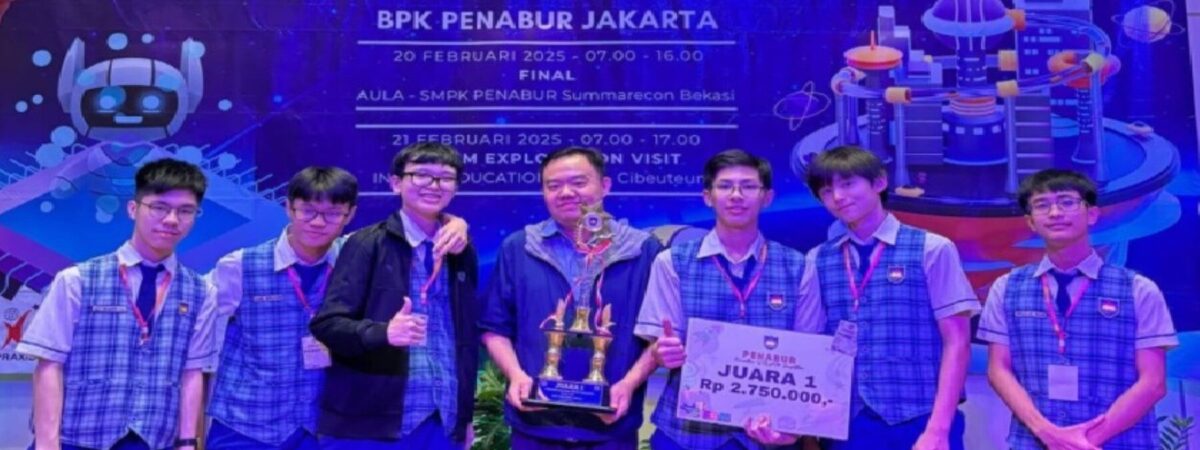
The YouthMADE Festival is a global celebration of youth creativity and innovation that invites students, educators, and advocates to showcase youth-led work. Leading up to the 2026 YouthMADE Festival, we are sharing a series of stories highlighting youth creators and changemakers around the world who are putting their hands, hearts, and minds toward projects and causes they care about.
My teammates Nathan, Sebastian, Daniel, Gerald, Vincent and I were inspired to start this project after noticing how often plastic bottles are thrown away without being properly sorted or recycled. Many students throw plastic bottles in the wrong bins or forget to remove the caps before recycling. We wanted to build a machine that could make recycling easier and more rewarding, especially for young people. That’s how we came up with VenEco | EcoDrop—a machine that teaches and rewards good recycling behavior.
After each test, users gave suggestions—for example, making the screen more readable or simplifying the steps. We also received input to make the machine recognize bottle brands and check if the caps were removed. All that feedback helped us improve both the design and functionality. Now, it’s a product we’re proud to show to our school and community.
“When students get to work on projects they actually care about, learning becomes exciting—not just something for grades. Creativity helps us come up with new ideas, critical thinking helps us decide what works, and problem-solving helps us keep going when things don’t go right.”
People can support our project by sharing our story, giving feedback, or connecting us with opportunities to scale. We are especially looking for angel investors or partners who are passionate about sustainability and education. With the right support, VenEco | EcoDrop can be developed further and placed in schools, malls, or public spaces to inspire more eco-friendly behavior. Every bit of help brings us closer to a greener future.
Our project, VenEco | EcoDrop is a great example of Powerful Learning because it gave us a real purpose—to reduce plastic waste—and the freedom to explore creative, tech-based solutions. We had to think critically about how people interact with recycling, solve technical problems, and communicate our ideas clearly. We felt trusted and supported to lead our own learning, which made us more curious and connected to our work.
Personally, I learned that I enjoy solving real-world problems and working with others to make a difference. I used to be unsure if I could build something meaningful, but now I feel more confident and motivated to keep creating and learning. I’ve grown into someone who believes that small ideas can lead to real impact.
For students, my advice is to start with a problem that bothers you or a question that makes you curious. Don’t wait until you’re “good enough”—just start. Ask for help, experiment, and keep improving. The process is where the learning happens, and it’s okay if it gets messy. You don’t have to be perfect—you just have to care.